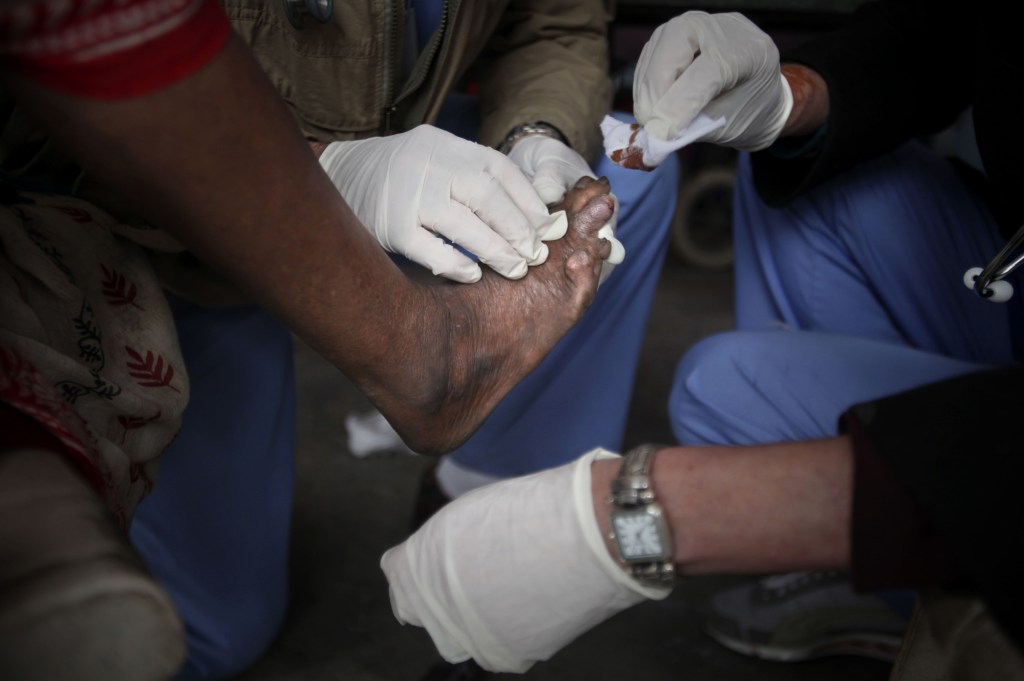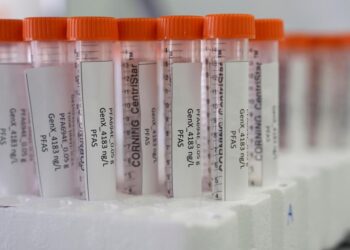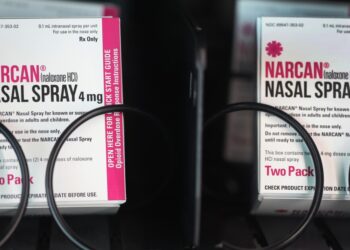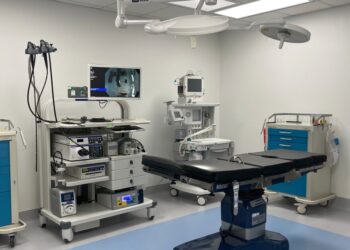The U.S. Centers for Disease Control and Prevention is warning that cases of leprosy, also known as Hansen’s disease, are surging in Florida and should be considered when making travel plans.
The infectious disease primarily affects the skin and nervous system and can be easy to treat if caught early.
Leprosy has been historically uncommon in the United States, but has more than doubled in the South over the last 10 years. In a case report issued Monday, the Centers for Disease Control and Prevention said that Central Florida has accounted for 81% of reported cases in the state and almost one-fifth of reported cases nationwide.
Of the 159 new leprosy cases reported in the United States in 2020, Florida was among the top reporting states with nearly 30 cases. The Florida Department of Health reported 19 cases from July 2022 to July 2023, with one South Florida case in Palm Beach County.
The CDC said if untreated, the disease can progress to paralysis, blindness, the loss of one’s eyebrows, physical disfigurement, and even the crippling of hands and feet. Symptoms include loss of feeling in hands and feet, nasal congestion and possibly dry, stiff, sometimes painful skin.
The warning comes because of what health officials learned when examining patients diagnosed with leprosy.
“Whereas leprosy in the United States previously affected persons who had immigrated from leprosy-endemic areas, about 34% of new case-patients during 2015–2020 appeared to have locally acquired the disease,” the CDC report says. According to the World Health Organization, medical officials report more than 200,000 cases of leprosy every year in more than 120 countries. While the reason behind the rising cases in Florida is unclear, there is some support for the theory that international migration to Central Florida of people with leprosy is fueling the locally-acquired transmission.
“Prolonged person-to-person contact through respiratory droplets is the most widely…
Read the full article here







